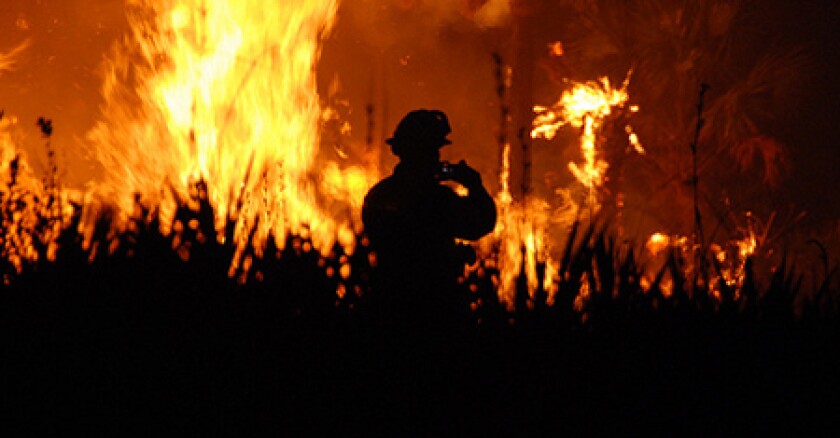While neighbors can lend a hand after a "normal" disaster, massive catastrophes that disrupt the most basic social functions generally call for a government response.
Once the levees gave way in New Orleans following Hurricane Katrina, only the government was equipped to deal with the problem. Unfortunately, most governments aren't prepared to deal with disaster, and as the Katrina response showed, neither was the federal government.
So instead of relying entirely on the feds, San Francisco decided in 2008 to take its own preparedness steps. The city's Board of Supervisors decided to set an ambitious goal: "To build the city's capabilities to restore lifelines and facilitate economic and community recovery following a major incident." Just a few years later, it had crafted one of the most comprehensive municipal disaster recovery plans in the nation.
This thinking may have been prompted by the city's past. Perched atop the San Andreas fault, the City by the Bay was devastated by an earthquake and fire in 1906, which left perhaps 3,000 dead and more than 200,000 homeless.
Today, there is a 62 percent chance that San Francisco will see a quake of 6.7 or greater, according to the U.S. Geologicial Survey. Destruction could be massive. City officials estimate that a magnitude 7.2 quake could damage or destroy one third of all the private buildings in the city.
Rather than just planning for the immediate impact, such as providing food, shelter and medical care, San Francisco recognizes that dealing with a major disaster takes a long time. City officials believe that civic response to a catastrophic disaster will require not only immediate action, but a massive public and private commitment to long-term recovery and reconstruction.
San Francisco has taken recovery planning farther than almost any other city. Some of the steps taken include:
- a lifeline council of major utilities to explore interdependencies and restoration strategies;
- a robust financial planning strategy;
- a long-term housing plan; and,
- coordination with regional and federal recovery efforts.
After all, the budget isn't the only disaster that threatens California. From wildfires to oil spills to mudslides, the Golden State seems to get hit with more than its fair share of problems. The ability to tap into a network of possible aid providers is an important tool in dealing with overwhelming circumstances.
In tight budget times, it can be hard to devote resources to planning for an eventuality that may not occur for years. But every city faces potential threats, both natural disasters and manmade, that deserve some planning. Terrorism, pandemic outbreaks of disease, biological warfare -- you don't have to live on the San Andreas fault to be at risk of serious disaster these days.
Be honest: Is your community prepared to deal with a really big disaster? Do you have contingency plans for continuation of governance? Have you already reached out to possible partners in the private sector before disaster hits, so that protocols will be in place for making sure utilities, clean water and transit get back in operation as soon as possible?
It's never a good time to plan for a disaster. But without question the worst time is after disaster strikes.









